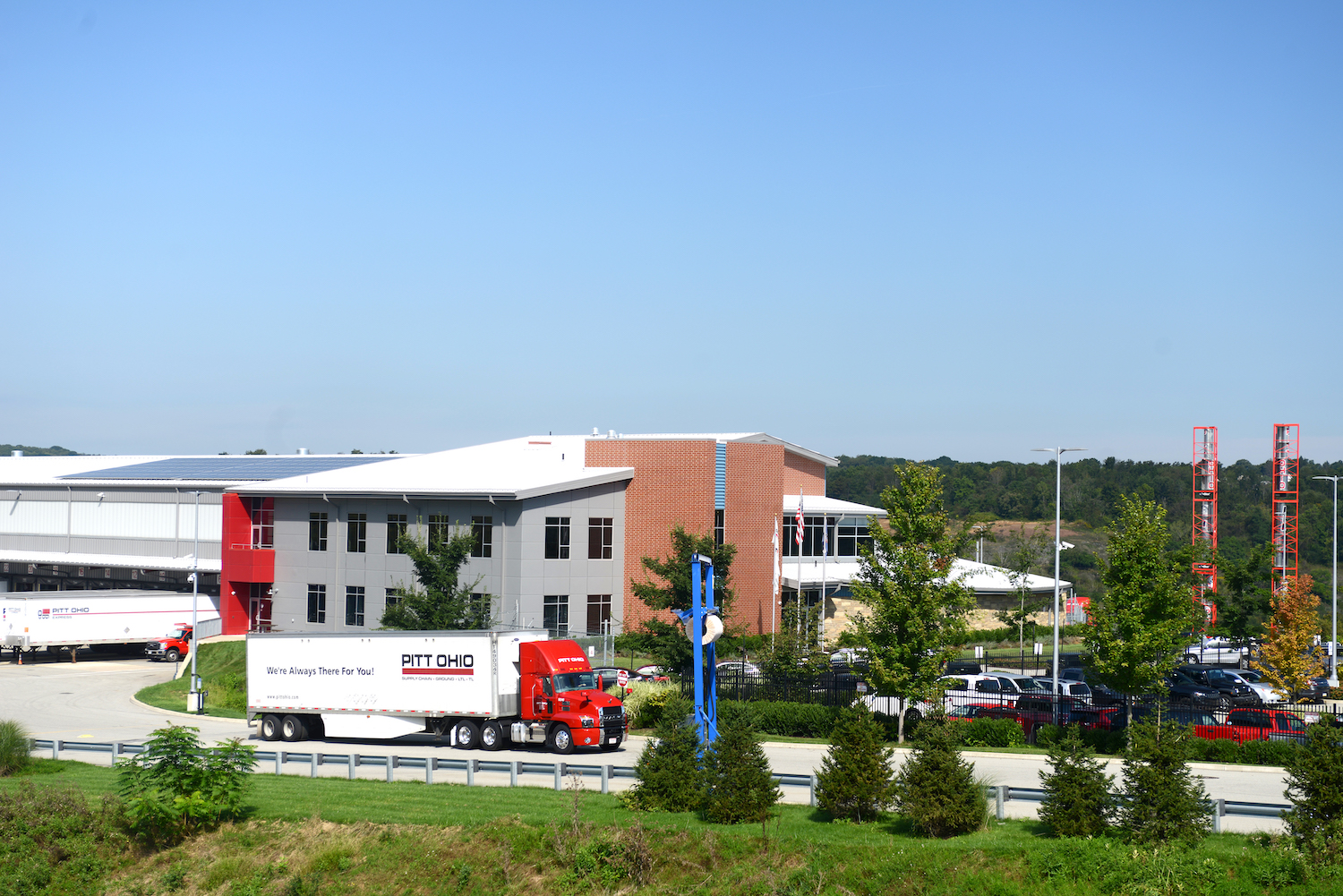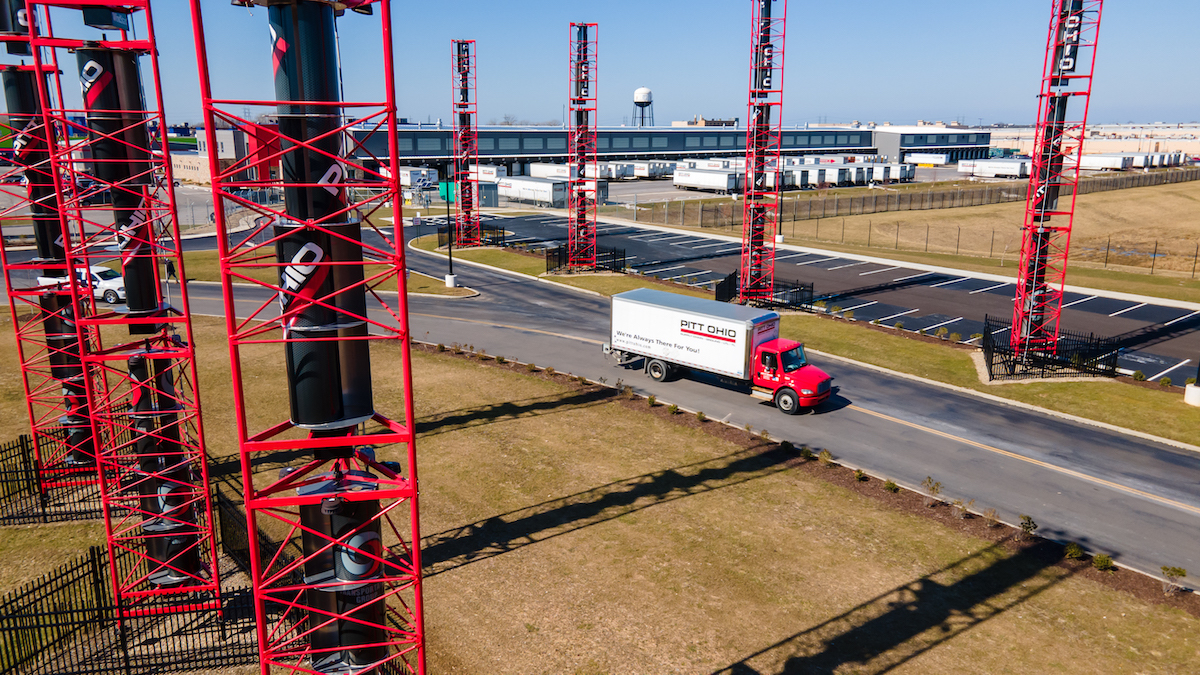


Pitt Ohio Puts Sustainability At the Top in Its Daily Operations
A LEADER IN THE TRUCKING INDUSTRY, THE COMPANY LOOKS TO LOWER EMISSIONS, WHILE REDUCING WASTE AND COST, AND STAY TRUE TO THE CONTINUATION OF ITS LEED-CERTIFIED CONCEPTS
by Andrea Stehle
April 1, 2022
Pitt Ohio, a leader in transportation, warehouse, and logistics services, is standing strong in its commitment to sustainability in 2022. Geoff Muessig, the company’s Executive Vice President and Chief Marketing Officer, shares Pitt Ohio’s goals to differentiate itself and its strategy within the trucking industry.
“Our thought process is obviously we want to do well by our employees and our customers, but also the community,” he says. “And I think one of the advantages, as you look to figure out how do you reduce your carbon emissions, and transportation, for carbon emissions are essentially a waste product. So if you can reduce your waste product, that's a good thing to do in business.”
The beauty of this idea is that it also reduces costs at the same time. Pitt Ohio is cautious on how it moves freight with a focus on reducing waste and cost, but also how the company operates its terminal buildings, including the construction of its state-of-the-art LEED-certified buildings, both in Pittsburgh and outside of Cleveland, in Parma, Ohio.
The University of Pittsburgh Swanson School of Engineering helped Pitt Ohio build a microgrid at its Parma, Ohio location, which opened a year and a half ago. The LEED-certified building has windmills on-site and solar panels, which are pretty commonplace today. “These are conical windmills, they don't take up a lot of space,” says Muessig. “Like, as opposed to a Dutch windmill, it spins at lower speeds, or lower wind speed is needed to turn it and you don't need to pick a footprint.”
The company consumes its energy on-site, so, additionally, it reduces its dependence on the grid. At the Parma, Ohio site, the building has eight times the electrification capabilities of the Pittsburgh building. “So now we're starting to scale up,” he adds.
With the additional windmills and much more extensive use of solar panels that emit bigger battery storage (the energy generated on-site from renewables), the company hopes it will take the liberty on to Volvo electric, trucks, and straight trucks this year.
“Our vision is one day to be able to generate enough electricity on site that we can power these electric trucks with zero emissions,” says Muessig. “And what makes that neat, other companies have electric trucks, but typically, they're plugging that cord into the wall. And the wall though is the power that's been generated by a cogeneration plant and why in West Virginia, the emissions are just being created in West Virginia, the electricity is transmitted to Cleveland, and then the truck burns clean. What we're seeking to get to is a place where we use the electricity on-site generated from renewables, and then consume the electricity with electric trucks with zero carbon emissions. That's kind of the that's the kernel of our story.”
The other piece of the puzzle for Pitt Ohio is labor costs and the second largest cost being fuel. “There's improve of your load factor, again, just a very basic ABC in trucking, where, you know, let's get as many shipments on this truck as possible before we send it out to make deliveries. And again, that improves profitability, I paid one driver one route, I could have 15 stops on that truck versus 10. My cost per delivery is less, all very obvious things. But those basics of taking waste out of your operation.”
He adds: “And to the extent we can scale up, generate essentially our fuel on-site through renewables, we can lower our cost to operate long term. Now, there's big capital investment involved in building the microgrid. So that's going to take many years to play out. But the vision is, ‘how can we be a cleaner, greener company, but also reduce our operating costs while doing that?’”
In its large sustainable mission, Pitt Ohio wisely takes it down to the basics of trucking, reducing empty models, burning less fuel, to in turn reduce cost and let fewer carbon emissions on a per mile or per shipment basis.”
Pitt Ohio, pittohio.com/myPittOhio.

Leave A Comment